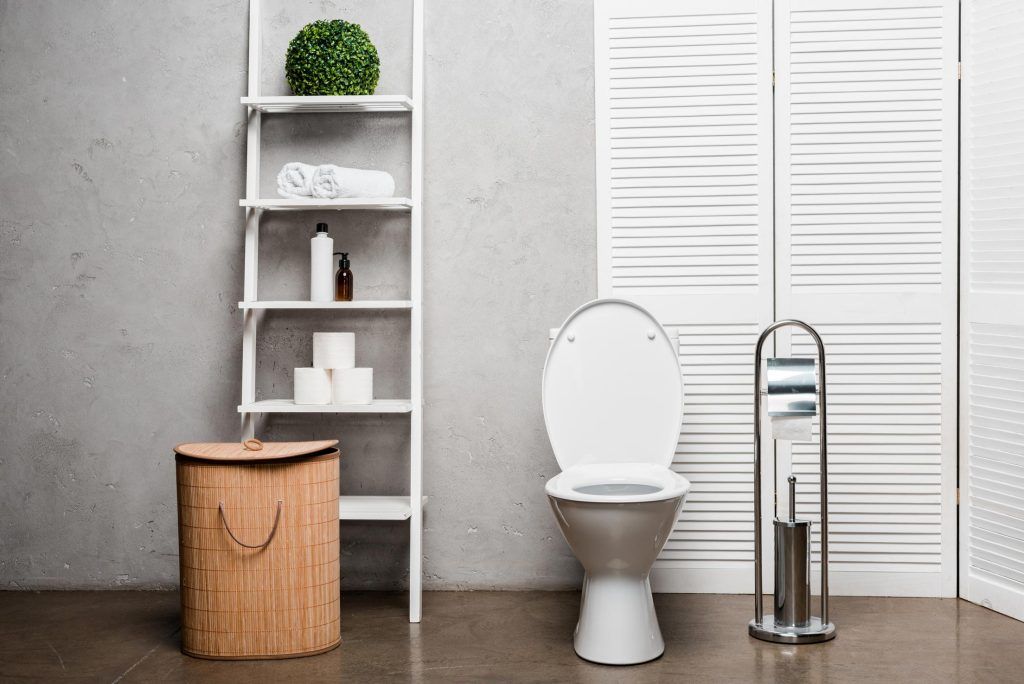Toilet Repair, Replacement & Installation in Auckland
We provide services in Auckland for both the replacement and installation of toilets, along with fixing blocked toilets. Additionally, we offer guidance on selecting the perfect new toilet for your bathroom, taking into account your tastes and financial plan.

What’s included in our service?
We have over 30 years of experience in fixing & installing toilets.
Our service includes:
- Toilet unblocking service
- Fixing toilet problems
- Supply & installation of toilet
Most toilet blockages can be fixed by you at home. It’s usually only when something that isn’t meant to be flushed gets trapped, or when something mechanical in the toilet isn’t working that you’ll need to call out a toilet unblocker to repair the blocked toilet.
Toilet unblocking & repair services
Call now: 0508 786 424
Don’t forget to mention Free Quote!*
Why does your toilet get clogged?
There are a few possible reasons why you might be experiencing toilet blockages:
- You have a low-flow toilet: modern toilets are designed to use less water with each flush. Some early models get blocked if the water flow is too low for the amount being flushed down.
- Blocked toilet trap: the trap is the curved part of the toilet at the base that you can see if you look at it from the side, below the bowl. Often items get trapped here, rather than further down in the drain.
- Main water line use: If you suspect there may be issues with the water supply coming into your house, our recommendation is to call your main water supplier to find out if there is a water supply issue near your home (for example, a broken pipe down the street, etc).
- There is a problem with the sewage system Household drainage issues are sometimes the result of larger sewer system issues. If the main sewage lines are blocked (for example, from tree roots), give us a call and our team can assist you.
How to prevent toilet blockages?
The easiest way to prevent your toilet from needing repairs is to use it properly. It sounds simple, but it means using the parts correctly – waiting for the tank to fill before flushing a second time, not forcefully banging or pressing the flusher, not slamming the seat lid, etc.
You can also keep an eye out for the toilet not draining or filling properly. If the bowl is filling more slowly than it should be, this may be an early indication that there is a problem with one or more parts in the tank. If the bowl is filling higher than it should be, this could also indicate it’s not fully draining or emptying. And if the water drains from the bowl after a flush very slowly, there may be a blockage forming. If you notice any of these things, we advise against continuing to flush in an attempt to clear the problem.
Frequently Asked Questions
If you’re stranded without a plunger, there are a few things you can try to clear it. One option is to use a bucket of hot water by boiling a pot of water and pouring it into the toilet bowl. This can help to break up any blockages and allow them to flush down the drain. Another option is to mix a cup of baking soda with a cup of vinegar and pour the mixture into the toilet bowl. Wait a few minutes for the mixture to work and then flush the toilet.
You can also use a wire hanger to clear that stubborn blockage. Straighten out a wire hanger from your closet and shape it into a hook. Put the hook into the drain carefully and get rid of any debris that’s in there. Dish soap can be used as well; add a few drops to the toilet bowl and wait a few minutes for it to take effect. Next, flush the toilet with a bucket of hot water.
If after several attempts your toilet is still blocked, it be may be the best option to consult one of our specialised toilet unblockers.
A good heat pump hot water system depends on several factors. Generally, the best heat pump hot water system uses modern technology and has a high coefficient of performance (COP), which means it can create more heat energy than it consumes in electrical energy. The system should also have a solid guarantee, be energy efficient, and be quiet.
The size of the heat pump also plays an important role. If there are multiple showers in a house or there are a lot people living the heat pump should hold a large volume of hot water (at least 180 litres) so that everyone in the house can get an even supply of high pressured, hot water.






